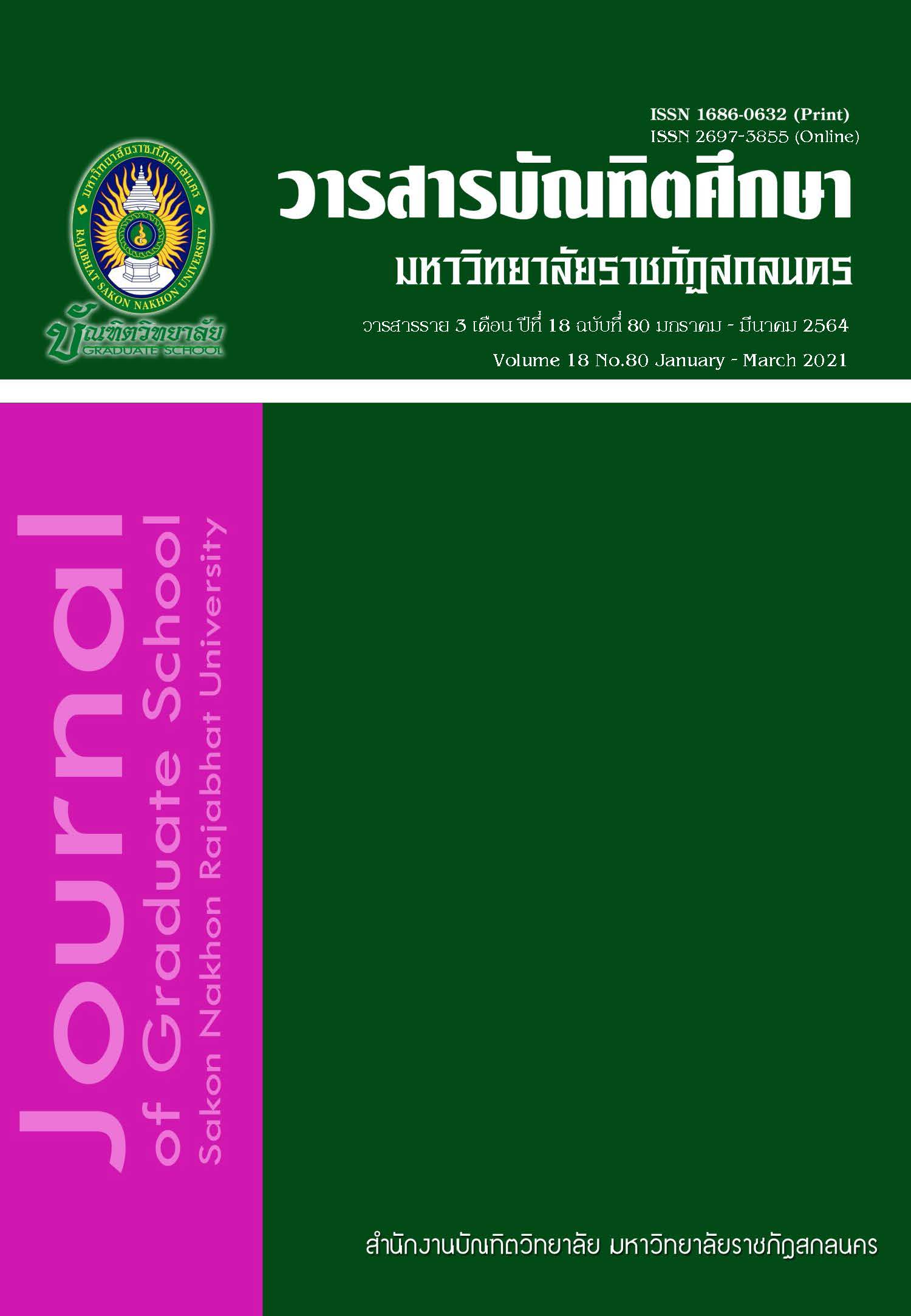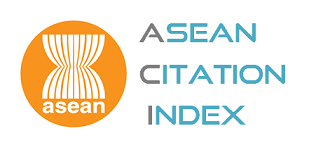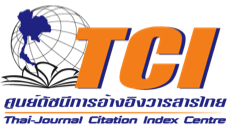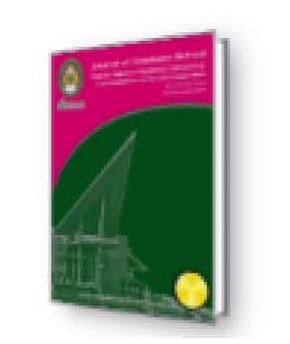แนวทางการพัฒนาสถานศึกษาในยุคดิจิทัล สังกัดสำนักงานเขตพื้นที่การศึกษามัธยมศึกษา เขต 27
Keywords:
School Administration, Development of School, School in Digital AgeAbstract
The purposes of this research were to assess the needs for school administration in the digital age, and to establish guidelines for developing schools in the digital age. The sample size included: 1) education personnel drawn by using the Krejci and Morgan table, and a stratified random sampling was employed by dividing the population into 20 districts. The sampling group was then randomly sampled to obtain a total sample size of 336 participants, and 2) Six experts in a field of school administration in the digital age. The research Instrument was a set of 5-level rating scale questionnaires with a validity coefficient ranged between 0.80 and 1.00, a discrimination ranged between 0.51 and 0.82 and a reliability of 0.96, and interview forms. Statistics for data collection were mean, standard deviation, and Modified Priority Needs Index. The data were analyzed using a computer program, and the descriptive analysis was employed to analyze the data drawn from the interviews.
The research findings were as follows: 1) The Modified Priority Needs Index (MPNI) of the needs for developing schools in the digital age overall was ranked in descending order from highest to lowest scores: learner in the digital age, teachers in the digital age, and technology and innovation in the digital age, respectively, and 2) The guidelines for developing schools in the digital age proposed that learners in the digital age should develop their ability for searching answers and new knowledge themselves using various digital tools and be able to share knowledge drawn with others. The teachers in the digital age should have paths for self-improvement to keep pace with changes of creative learning innovations and embrace moral and ethical values. In terms of technology and innovation in the digital age, school administrators should allocate a budget for developing effective Information Technology system. Regarding learning in the digital age, education personnel should implement learning management focusing on critical thinking and working with teamwork.
References
นงลักษณ์ ใจฉลาด และคณะ. (2558). การศึกษาสภาพและความต้องการพัฒนาสมรรถนะการบริหาร การจัดการเรียนรู้ของผู้บริหารสถานศึกษาในศตวรรษที่ 21. วารสารครุพิบูล, 2(1), 35-46.
นัทธีรัตน์ พีระพันธุ์, อิทธิพันธ์ สุวทันพรกูล และแจ่มจันทร์ ศรีอรุณรัศมี (2561). การกำหนดกรอบสมรรถนะและนำเสนอแนวทางการส่งเสริมและพัฒนาสมรรถนะ ด้านเทคโนโลยีสารสนเทศและการสื่อสารของครูในศตวรรษที่ 21. วารสารวิชาการ Veridian E–Journal, Silpakorn University ฉบับภาษาไทย สาขามนุษยศาสตร์ สังคมศาสตร์ และศิลปะ, 11(2),745-762.
พระราชวุธ ปญฺญาวชิโร. (2561). การบริหารสถานศึกษาในยุคดิจิทัล ตามหลักสัปปุริสธรรม 7 โรงเรียนพระปริยัติธรรมแผนกสามัญศึกษา จังหวัดขอนแก่น. วิทยานิพนธ์ พธ.ม. พระนครศรีอยุธยา: มหาวิทยาลัยมหาจุฬาลงกรณราชวิทยาลัย.
ไพศาล วรคำ. (2559). การวิจัยทางการศึกษา. (พิมพ์ครั้งที่ 8). มหาสารคาม: ตักสิลาการพิมพ์.
สุวิมล ว่องวาณิช. (2558). การวิจัยประเมินความต้องการจำเป็น. (พิมพ์ครั้งที่ 3). กรุงเทพฯ: จุฬาลงกรณ์มหาวิทยาลัย.
สำนักงานเลขาธิการสภาการศึกษา. (2560). แผนการศึกษาแห่งชาติ พ.ศ. 2560-2579. กรุงเทพฯ: พริกหวานกราฟฟิค.
Jukes, I., Mc Cain, T., & Crockett, L. (2010). Understanding the digital generation: teaching and learning in the new digital landscape. Melbourne: Hawker Brownlow Education.
Prensky, M. (2012). Education Technology for School Leaders. California: United States of America.
Downloads
Published
How to Cite
Issue
Section
License
บทความทุกบทความที่ตีพิมพ์ในวารสารบัณฑิตศึกษา มหาวิทยาลัยราชภัฏสกลนคร ถือว่าเป็นลิขสิทธิ์ของบัณฑิตวิทยาลัย มหาวิทยาลัยราชภัฏสกลนคร










